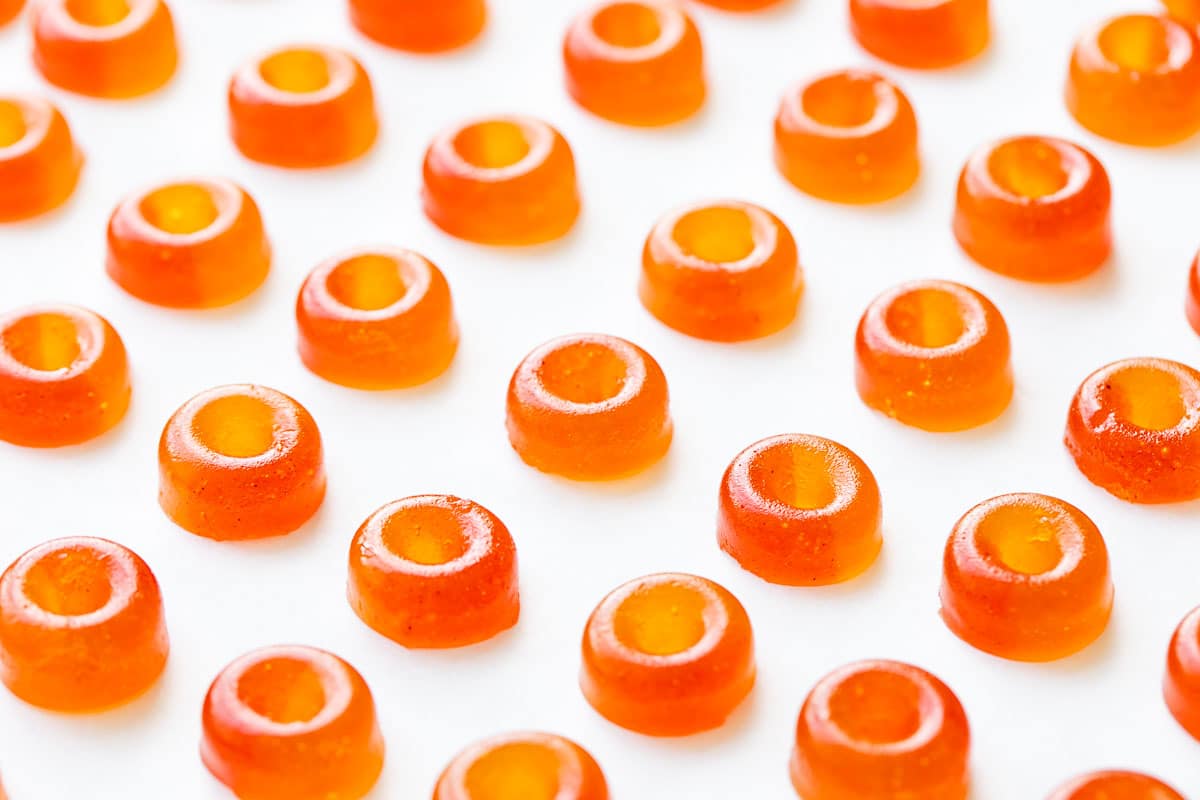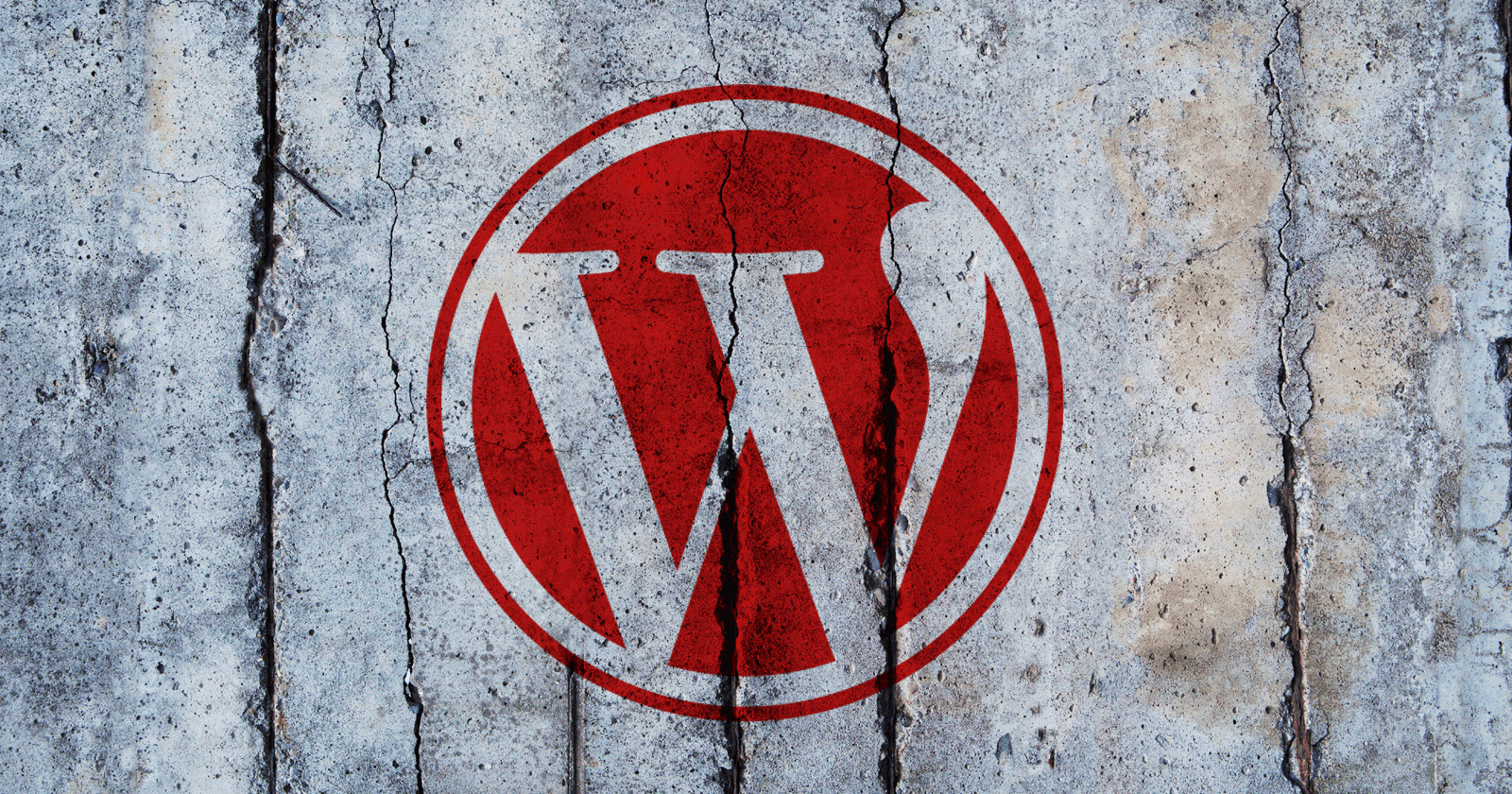What It’s Like to Parent in Canada
Today, our Parenting Around the World Series takes us to Canada, where we meet Stephanie Vainer, an Indigenous woman who grew up on an Ojibwe reserve and now lives with her husband and two children.… Read more The post...


Today, our Parenting Around the World Series takes us to Canada, where we meet Stephanie Vainer, an Indigenous woman who grew up on an Ojibwe reserve and now lives with her husband and two children. Here, she talks about hunting, Native TikTok, and forest schools that encourage “risky play”…
Stephanie’s background: Stephanie was born and raised on Christian Island, an Ojibwe reservation in Ontario. She left the reserve to attend high school in Midland, Ontario; and in grade nine she met her now-husband Anthony. After graduating, Stephanie and Anthony lived in Toronto for seven years, but when Stephanie became pregnant, they decided to move closer to the reserve.
“The plan was always to move near my family,” she says. “In Ojibwe culture, the whole community raises and supports the child. From the second I step on the ferry to the time we leave the reserve, everyone knows us and our kids. There is nothing like it and I feel so grateful to call it home.”
Now, Stephanie, Anthony, four-year-old Penelope, and one-year-old Lake live in a house in Tiny, only a 30-minute ferry ride from the reserve. They visit family and friends every weekend. Stephanie also runs the site Cottage Living & Style, which covers home design, motherhood, and Ojibwe living.
On identity rituals: We have an Ojibwe celebration called the ‘Naming Ceremony,’ where people receive their Indigenous names. People of all ages are welcome: pregnant women who come for their babies; older children; and even adults who are re-connecting with their First Nation heritage. The ceremony starts with a drumming circle. Then an elder burns smudge (sage) in a turtle shell and uses an eagle feather to waft the smoke toward each person, as a way to cleanse the body and soul. My name is dindiisni-kwe, which translates to ‘Blue Jay Woman.’ I’m taking Penelope and Lake to get their names this year.
Lake swinging with his cousin.
On outdoor adventures: All around Canada, children are encouraged to play outdoors. In our town of Tiny, kids can substitute one of their normal school days each week to attend the Tiny Forest Academy, where they play outside year round, rain or shine! The academy embraces the concept of ‘risky play,’ which is all about letting kids explore and test their limits, by climbing high into trees or building fires. I grew up playing outside unsupervised; my friends and I would build forts, start campfires, and swim in the lake all day. It might sound crazy, but that’s how I learned to stay safe. Today, many parents are focused on keeping their kids 100% safe, but I like how programs like Tiny Forest Academy let kids play outside more recklessly within a safe environment.
On eating from the land: Ninety percent of our diet is food we harvest, fish or hunt ourselves. We grow lettuce, tomatoes, onions, and peppers. We go fishing almost every day for salmon, bass and trout. And Anthony goes hunting seasonally: turkey in the spring, deer in the fall, and moose in the winter. Our staple meals are deer tacos in the fall and moose stew in the winter. We’re very conscious of honoring the earth, so we hunt and fish only what we need for our family, nothing more. Penelope already knows how to cut and clean a fish, and she’s excited to go hunting with Anthony when she’s older.
On a tight-knit community: Everyone looks out for each other. On the reserve, we have something called the Niijii fund, where people in the community will put money together to support someone. When my cousin wanted to go to a hockey camp, he didn’t have enough money to attend. So, the community rallied together and covered his entire trip. When we celebrate holidays as a community, every child gets a gift. But this closeness also means that there are no boundaries, and that can be hard! When I was a teenager, some friends and I wanted to take the ferry to the mainland to watch a movie, but we didn’t tell our parents. My mom got a call within minutes of my stepping on the ferry.
Stephanie as a girl, wearing traditional Ojibwe wear.
On living on the reserve: A lot of people who grow up on the reserve want to leave and live on the mainland. Living on the reserve is hard. Only 500 people live there full time, and there aren’t many jobs. There are two convenience stores, a daycare, a school, a community hall, a hockey arena, and a recreation center, but the rest is pretty much open land. After leaving Toronto, we moved back to the reserve for a period of time, but I felt secluded and missed my friends and activities. I wanted my kids to have more opportunities and be exposed to other people and ways of life. Now that we live on the mainland 30 minutes away, we have the best of both worlds. The kids can visit their grandparents anytime and are part of the reserve traditions, but they can also go to the movies or join a soccer league. In the Hulu show Reservation Dogs, the depiction of the kids’ dreams of leaving the reserve rings 100% true. That’s exactly how it is for a lot of our community members.
On moving for high school: On the reserve, schooling is offered for children only until grade eight. To attend high school, students have to commute by bus and ferry every day to the mainland. This commute usually takes more than an hour each way, which prevents kids from participating in any extracurricular school activities. During the winter months — October to January — the weather is unpredictable, and the ferry stops operating. To keep attending school, Ojibwe students have to move off the reserve to the mainland. Ojibwe families are given $400 by the Canadian government to pay for their child’s board, and kids live with either relatives or, more often, strangers who offer a room for rent.
On culture shock: I skipped a grade, so I was 12 when I started attending high school and boarding with strangers. I had never been without my parents before. Living on the mainland and meeting so many new people was a huge culture shock. People from the reserve have a huge dropout rate, and I credit most of that to being taken away at such a young age. To me, it feels similar to what my grandfather and relatives went through when Canada still carried out the Indian Act, and all First Nation children were taken by the government and forced to attend residential schools. There they were assimilated into white culture — they got their hair cut and were forbidden to speak Ojibwe; and many children were also abused.
Mittens that Stephanie’s cousin Cassy made for her.
On harsh winters: In the winter, the weather becomes extremely dangerous. Once the water freezes, the ferry can’t cross, so many of our community members try to cross to the mainland by driving over three miles of ice. As a kid, I remember crossing with my parents without wearing seatbelts in case the car crashed through the ice. And one day that’s exactly what happened. The ice gave out under the back of our car, and my parents grabbed my sister and me and threw us out of the car. Luckily, only the back tire went through the ice, and someone came with their truck to tow us to safety. Afterward, we still continued to drive to the mainland to complete our monthly grocery shopping. Almost every person on the reserve has been through this, and every year someone falls through the ice and dies.
On talking with kids about racism and colonization: Every First Nation person in Canada is given a number and status card when they’re born. You can show your card at stores to receive tax exemptions. But sometimes this can lead to racist interactions. I remember in college, I showed my status card, and a staff member voiced distaste for First Nation people holding status cards and made it sound like we were scamming Canadians. I’ve also been followed around in stores because of my skin color. It’s hard to explain colonization, racism, and assimilation to kids. We had a big discussion recently after watching Peter Pan, because my daughter asked why the Indigenous people were called ‘savages.’ It’s sad because right now she feels like she is just a person, and that’s how she should feel.
On the Ojibwe language: The Ojibwe language is a dying language, but we are trying to preserve it. We speak it to Penelope and Lake every day, and their elementary school teaches Ojibwe from kindergarten through grade eight. The language is special; for example, we don’t have a word for ‘goodbye’ — instead, we say ‘baamaapii,’ which means ‘see you later.’ The younger generation of Indigenous people are growing more interested in returning to their roots, thanks to social media; there’s Native TikTok, which makes Indigenous living feel relevant.
Lake with Stephanie’s grandmother.
On sharing the Ojibwe story: We were so colonized; we lost so many traditions and our language. I wish people would be more open to understanding our losses and not judge us based off stereotypes. Yes, we do have problems with alcohol and drug addiction, but that stems back to colonization. The modern First Nation person is like anybody else. We know how to use technology, and we are integrated into society. We’re just trying to hold onto our teachings.
Thank you so much, Stephanie!
P.S. Our parenting around the world series, including Turkey and South Korea.
70 COMMENTS

 Koichiko
Koichiko 












































